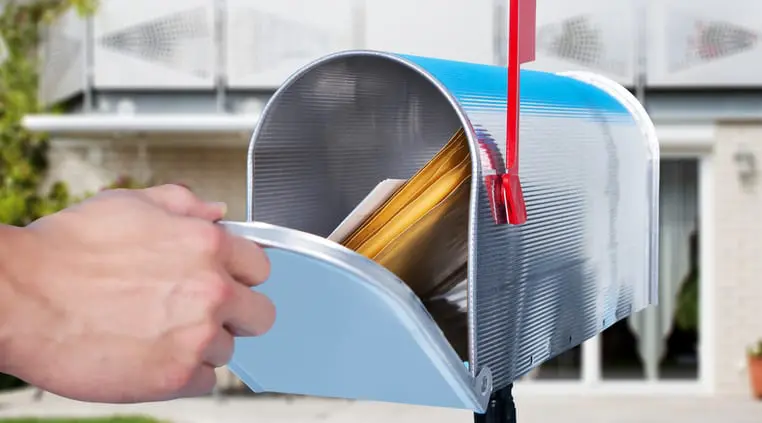Imagine that you’re using the Oracle Cloud Infrastructure (OCI) Email Delivery service, and one of your clients is complaining about not getting emails. You try again, and they still aren’t getting them. You’re not sure why and want to reach out to support.
Before you do that, let’s talk about allowlisting and using a custom return-path is the smartest play.

Allowlisting is when someone running a corporate email server entrusts a source to bypass gateways on their incoming servers to ensure the successful delivery of opt-in and wanted email.
Why are these protective measures in place?
With bulk and transactional email, many bad actors are out there: Senders emailing recipients who haven’t given consent to receive their email. We also call them spammers.
Every company has a receiving mail server to process their incoming email. Whether it’s an on-premises solution or a cloud product, a layer on top filters out the spammers. So, the end recipient (ideally) never gets the unwanted email. This layer is necessary for companies because, without it, the mailboxes of their employees are bombarded with countless attacks from people who buy and sell lists.
However, quality email can also get caught up in these filters for several reasons, usually a lack of authentication, poor IP reputation, or even a few characters in the body of the message tripping up content filters.
Solutions to this problem
Most solutions allow the ability to allowlist specific incoming email and adjust their filters accordingly. You can allowlist several unique parts of an email’s makeup, the most common being either the sending IP or domain related. It can go as granular as a certain keyword, but for the purposes of this blog, we stick with the high-level allowlisting. Generally, we recommend that our customers use a domain-related allowlist, more specifically utilizing a custom return-path.
Allowlisting by IP can be too dynamic because companies can send from a single IP to many IPs, depending on their setup. The send-from domain is also a great method, but it has some limitations based on the filter’s allowlist abilities.
The smartest way to get that quality email to the inbox is by providing your custom return-path addres domain. This domain is included on every single outbound message you send. This address doesn’t fluctuate between different subdomains that you send from. The administrator for the receiving mail server then only must input one variable instead of adding many IPs or from-addresses. As always, ensure that your sending domains have proper authentication like sender policy framework (SPF) and domain keys identified mail (DKIM) set up first.

Final thoughts
Setting up a custom return-path is beneficial for your overall deliverability. With custom return-paths, you can quickly hand off that address to system administrators for allowlisting when the time comes.
Start sending today through Oracle Cloud Infrastructure Email Delivery and set up your email program correctly from the start. Authenticate your mail by following these tips and tricks and you’ll be thankful as your process scales.
